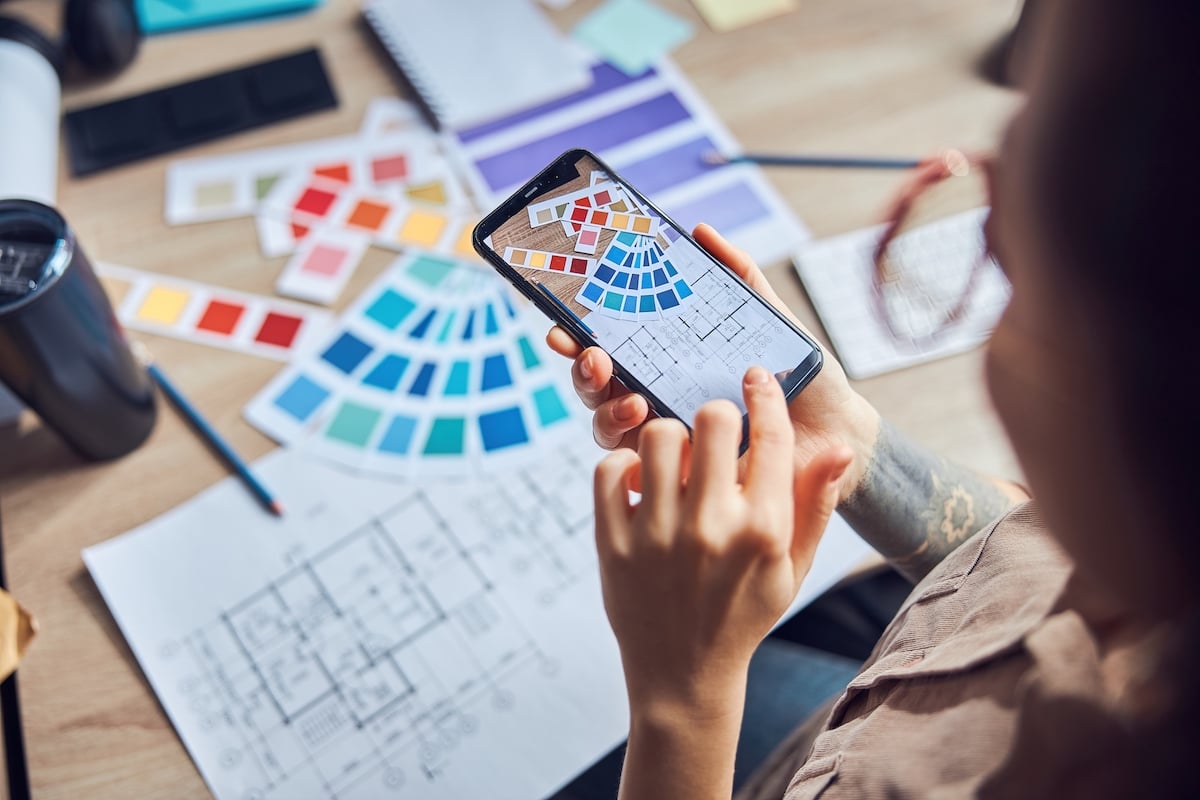
Flexible work is the top of every employee’s bucket list as the lines between work and play continue to blur. Workloads are growing, and with them are growing expectations set on employees to be accessible even when they’re not in the office. In fact, the 2019 Staples Workplace Survey found that 90 percent of employees say a flexible work schedule would help boost morale. What’s more, 41 percent said they’d take a 10 percent pay cut for a company that cared more about employee wellness.
And because technology is freeing us from a set work location, we’re craving more flexibility in the way we work—be it at home or in the office. It’s hard to feel tied down to one space. As a result, offices are modifying the traditional layout—some opt for flexible spaces while others allow users to adjust their one space to their different needs, often due to a lack of room.
We often refer to this concept of adjustability as “hackability.” And while this term is in no way a novel concept, the way designers are approaching it to remain competitive in today’s ever-evolving industry has caught some new attention. So let’s take a look at these recommendations for making hackable workstations even more appealing to the evolving workforce.
Hackability goes hand in hand with corporate culture.
Equally as important as the physical space design is a culture designed to allow employees to use it. After all, a well-designed workspace with ergonomic considerations, sit-to-stand desks, and free-address seating works only if employees feel comfortable to do their work wherever they see fit, without judgment.
As Jasmine Efrussy, director of furniture services and vice president at Corgan, explains, “Workspaces with a variety of settings must accompany a corporate policy that allows the users to move freely and select their environment. We all work differently—one employee may want to work on a big presentation in complete silence while another thrives with loads of background noise. Corporate atmosphere must allow for the optimum level of user adjustability, regardless of the work being done.”
Privacy is king…
And while most employees appreciate the ability to work among peers—it’s one of the benefits of coming into the office in today’s remote-work society—we also recognize that there is a time and a place for privacy.
“Customization for boundaries for either visual or perceived privacy has created a lot of hot items,” suggests Efrussy. “Examples include screens at desk, screens for open areas, or open shelving to create boundaries.”
…But simplicity is queen.
Many times, hackable workstations are too intricate for employees to use, resulting in the set-it-and-forget-it mentality. Employees love the idea of an ergonomic chair, but they don’t always remember to change the position when switching from a conference call to an in-person meeting. What’s more, if there are too many levers and steps to switch positions, most employees won’t bother.
Putting this concept to work in terms of design, Jeff Miller, vice president of product design at Poppin, shares, “For us, ‘hackability’ means keeping solutions simple and elemental so customization and third-party components don’t look intrusive. In designing Poppin’s furnishings and systems, we already take a distilled and sober approach, creating a neutral backdrop upon which other elements can be built.”
When change is our only constant, design must follow suit.
Today’s workspaces are evolving quicker than ever. Because of this, hackability takes on a new face as we recognize that the elements we work with today may look very different in the next year or even months. Miller adds to this theme by saying, “Change often equates to growth, which means adding quickly. At Poppin, we make fewer SKUs that combine in myriad ways to afford multiple configurations. That means we can keep everything in stock, which allows us to ship to customers in days, not weeks—this is perhaps the most effective approach to flexibility.”
But according to Miller, these shifts signal another variable. “Change also means each configuration must be recombined and mixed and matched easily. For example, our Block Party sofa features a single-piece backrest that slides left and right to make L configurations. Alternately, you can combine two sofa bases back to back with one backrest or link sofa bases side to side with backrests for a wider configuration. You can even mix and match colors of backrests on bases as desired.”
Technology will take a larger grip on our workplace.
We hear it every day—technology has infiltrated our day-to-day life. And when it comes to hackability, this is definitely the case. Yet Efrussy suggests that we still have some work to do in this area. “Another point of impact that is just getting touched upon is the use of phone apps to control height-adjustable tables, to allow the user to track their standing goals, to allow users to select/find a spot to work—not just the typical real estate utilization rate of space.”
She adds, “As we look at ways to incorporate technology into the service element of furniture, I do see the ‘subscription’ business model being of more interest to clients, in that they can try before they buy. Could that be effectively modeled in furniture? Who knows. I have not seen it done well just yet, but I am sure a successful version is on the horizon.”
In terms of the future of hackability, Miller agrees that technology will continue to play a dominant role, making hackability even simpler. As he concludes, “With a chaise lounge and a VR headset, the future of work is totally customizable.”
This article originally was published in Bellow Press and was reposted here with permissions.
Amanda Schneider is President of ThinkLab, the research division of Interior Design Media. At ThinkLab, we combine Interior Design Media’s incredible reach within the architecture and design community with proven market research techniques to uncover relevant trends and opportunities that connect back to brand and business goals in a thought-provoking, creative, and actionable way. Join in to know what’s next at thinklab.design/join-in.

